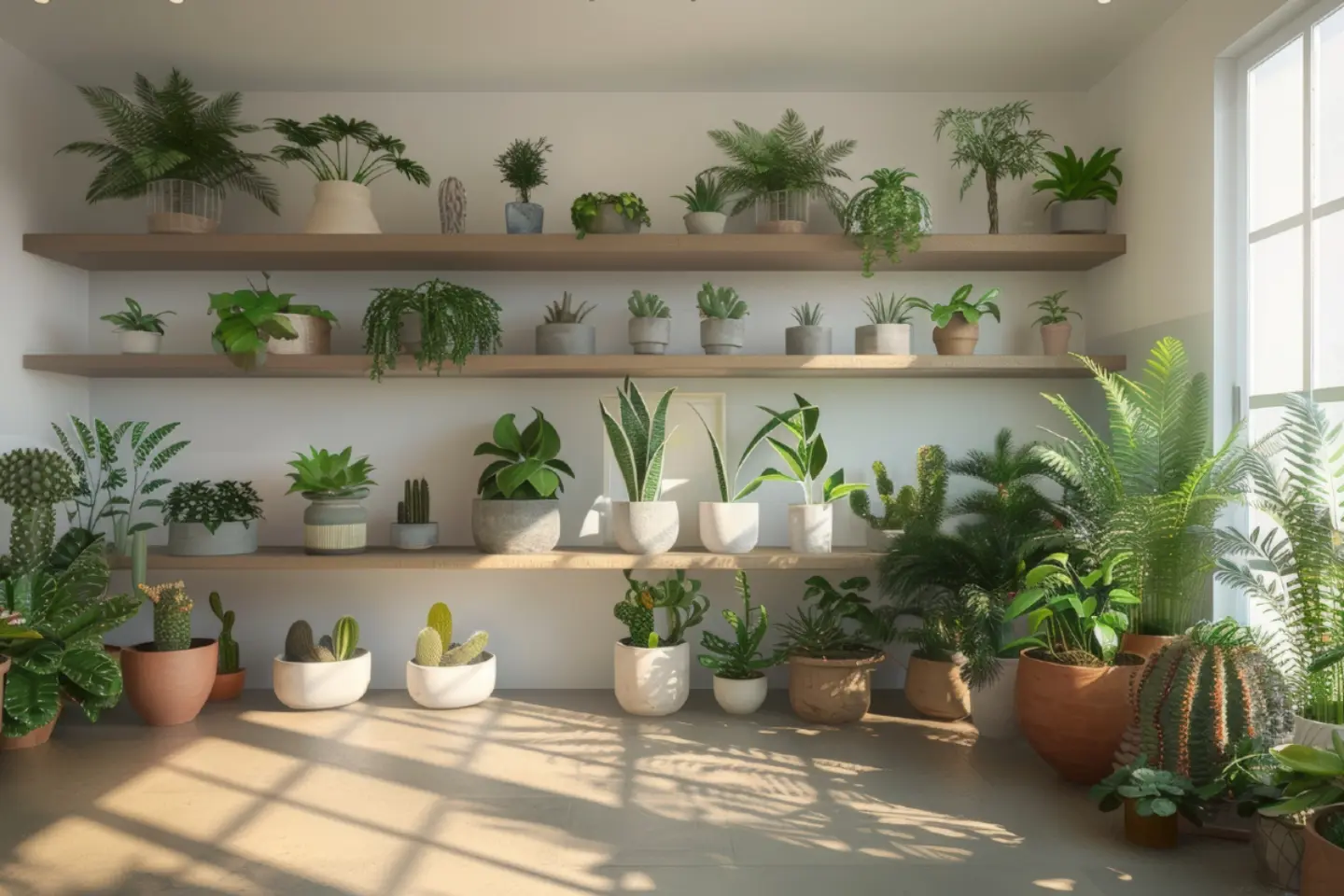Transforming compact urban dwellings or the tiniest of outdoor nooks into verdant retreats is an ambition many of us share, yet we wonder if it's feasible when space is at such a premium. Fear not, for it is entirely possible to cultivate a lush garden in the smallest of spaces with a bit of ingenuity and a few clever tricks.

To begin with, it is essential to assess the area you have available. Whether it's a diminutive balcony, a modest courtyard, or even a kitchen windowsill, each has the potential to become a green sanctuary. Bear in mind that each space will have its microclimate, dictated by levels of sunlight, wind exposure, and naturally occurring moisture. Your choices of plants should harmonise with these conditions for a thriving mini-garden.
The first step in maximising your space is vertical gardening. It is a method that can transform a bare wall or fence into a tapestry of greenery. With the use of hanging planters, wall-mounted pots, and even trellises, you can grow a variety of plants without sacrificing valuable floor space. Climbing plants such as ivy, clematis or jasmine can add height and interest, while wall mounted herb planters can offer both beauty and practicality.
Another key idea is to select plants that have a big impact but take up minimal space. Dwarf varieties, for instance, offer the beauty of a larger plant without the sizeable footprint. Succulents are another ideal choice; not only do they require little room, but they also need minimal water, making them perfect for a low-maintenance garden. Including plants with various textures, colours, and fragrances can also add depth and richness to your space.
When it comes to maximising a modest area, containers are your best friend. The market is replete with pots in an assortment of sizes and styles to suit any taste and space. With thoughtful placement, containers can allow for a layered effect, utilising different levels to create the illusion of a larger garden. Smaller pots can be positioned on shelves, while larger ones can be placed on the ground, each housing its own unique plant or collection of similar species.
Moreover, functionality should not be sacrificed for form. Edible plants, including herbs, vegetables, and even dwarf fruit trees, can be grown in containers, offering the dual benefits of a garden that looks good and provides a yield. Compact varieties like cherry tomatoes, chilli peppers, and salad greens can thrive in pots, and there's nothing quite like the taste of home-grown produce.
In addition to plant selection, clever use of space can make a great difference. Folding furniture or built-in seating can conserve space while still providing comfort, and when not in use, they can be kept aside to give plants the spotlight. Reflective surfaces, such as mirrors or water features, can make a space seem bigger and can play with light to create a brighter area, which is particularly useful in shady spots.
Of course, any gardening comes with its share of challenges. Limited areas will dry out more quickly, especially in containers, so regular watering will be key. Opting for self-watering pots or installing a drip irrigation system could serve as efficient watering solutions. Additionally, while you might want to cram in as many plants as possible, it's crucial to allow each one enough room to grow, as overcrowding can lead to competition for light and nutrients, ultimately stifling their growth.
Moreover, it is worth considering the sustainability of your garden. Choosing native or indigenous plants can reduce water usage and better support local wildlife. Composting can also be done on a small scale and provides excellent nutrition for container plants. Small gardens can, indeed, contribute positively to the environment when managed thoughtfully.
Finally, think of your miniature garden as an extension of your living space—an oasis you can enjoy and retreat to. Ambient lighting, such as solar-powered lanterns or string lights, can create a welcoming atmosphere for evening relaxation. Incorporating elements of personal style, whether through colourful planters or unique ornaments, will make the space feel like your own.
In summary, even the smallest areas hold the potential to be transformed into lush, green havens. The key lies in choosing the right plants, optimising space with vertical gardening, leveraging containers, and thinking creatively about how to use your limited square footage. With commitment and a touch of creativity, even the tiniest of spaces can flourish into a personal patch of paradise, bringing a swath of nature's bounty into urban life.
